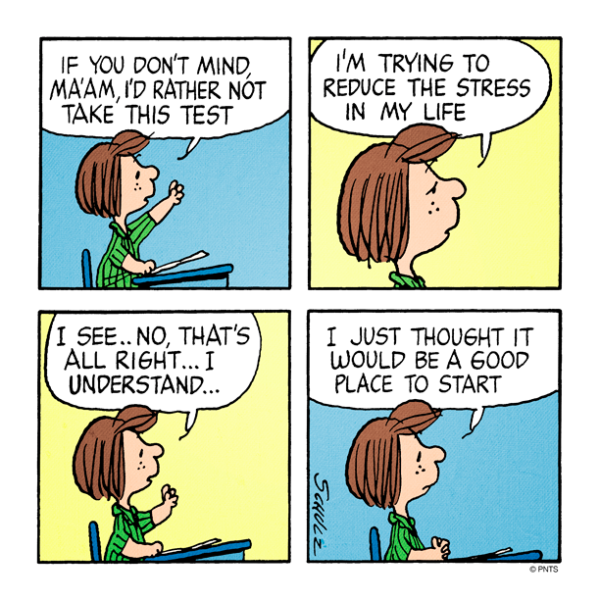This post is part of Aid to Zen – A Quick Guide to Surviving Aid Work from A to Z by Alessandra Pigni.
R&R
“Tell me about your new job” I ask a friend who has been recently deployed to Gaziantep to work with a humanitarian organisation. “I get R&R!” she answers excited. It’s unfortunate that the last time I spoke to aid workers based in South-Eastern Turkey, only expats were entitled to that specific type of time off called R&R. Syrian aid workers were not. Go figure, as if being Italian, French or American makes you more vulnerable to stress than being Syrian. As things stand I would think that the opposite is more likely to be true.
So, R&R: if you are among the lucky ones, it’s a nice way to unplug every 6-8 weeks, do nothing for a week or run around visiting your family miles away, and then back full on at the usual relentless pace until the next break. For those who don’t get R&R, take heart, some aid workers actually find it stressful: “The whole thing of getting out of the country for what often ends up being less than a week….apply for a visa, pack your bag, get on plane, get over the jet lag, adjust to a ‘normal’ place, get on a flight again, unpack your bags…It’s extremely tiring” told me an emergency advisor. Matters are even more complicated when your partner works in aid too, then matching your two R&Rs becomes next to impossible. Maybe R&R should not be mandatory and it should be applied with a degree of fairness across the “expat/national” staff divide.
The thing is, do you need to wait for R&R to weave some moments of rest and play in your busy humanitarian schedule? If the answer is yes, it’s worth considering that R&R is not the solution to a stressful lifestyle.
Stress reduction
 So if R&R is not the solution to our stress problem, then what is? Mindfulness teacher Jon Kabat-Zinn in his work Full Catastrophe Living writes that our problem is not stress, which is unavoidable and simply part of life. The real issue is how we relate to stress, and this in turn depends on the depth of our psychological framing of it. Most prevalent notions of stress emphasise the current, superficial, behavioural manifestations of it, neglecting to take account of long-standing, underlying, structural patterns of stress. The more superficial our conception of stress, the more likely it is that superficial, behavioural solutions are pursued – which tend to be unsustainable, unworkable and often useless.
So if R&R is not the solution to our stress problem, then what is? Mindfulness teacher Jon Kabat-Zinn in his work Full Catastrophe Living writes that our problem is not stress, which is unavoidable and simply part of life. The real issue is how we relate to stress, and this in turn depends on the depth of our psychological framing of it. Most prevalent notions of stress emphasise the current, superficial, behavioural manifestations of it, neglecting to take account of long-standing, underlying, structural patterns of stress. The more superficial our conception of stress, the more likely it is that superficial, behavioural solutions are pursued – which tend to be unsustainable, unworkable and often useless.
R&R is one of Aidland‘s ways to deal with stress. A nice break works wonder when you are tired, but in itself it is a superficial strategy and certainly not a way to deal with burnout. Why? Because it doesn’t address those dynamics and power games that stress people out, day-in and day-out, at work. You get back to the same boss, the same tense relations in the office, the same endless paperwork that breaks your soul.
As you bid goodbye to your holidays and to help you keep sane in-between breaks, here are some thoughts on how you can make your 2017 burnout-proof.
***
What to read:
When your world moves too fast

